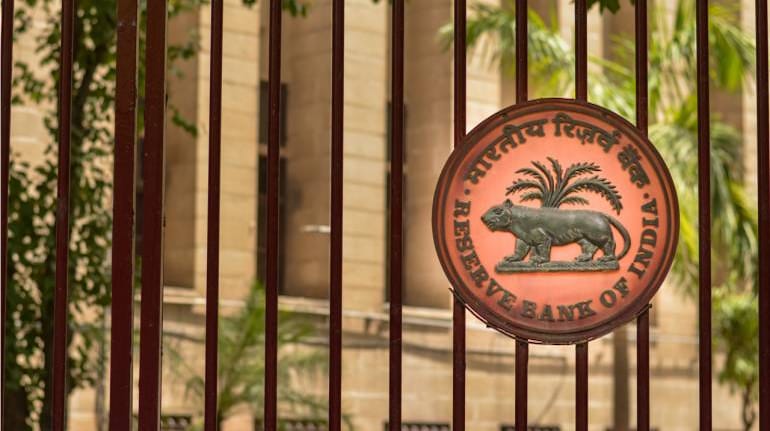



In a casino, you do not bet against the house. In the foreign exchange market, you do not go against the dollar (or its printer, the US Federal Reserve). The Reserve Bank of India (RBI) seems to have kept this in mind when it announced measures to offer the battered Indian rupee some succor on July 6 evening. Putting out a welcoming mat for short-term dollars that will ride mostly on plain arbitrage is a risk the central bank is willing to take.
Wednesday’s measures ensure that banks have enough incentives to hawk foreign currency deposits to non-residents by offering them higher interest rates as lenders would no longer be hamstrung with a regulatory cap. But the steps don’t go all the way to make it lip-smacking and easy for Indian lenders to do so, unlike 2013 measures that offered a swap deal. To that extent, the dollar inflows would be small but steady.
The other move to throw open local money markets to foreign investors at the short-term carries a cost. Attracting short-term volatile dollar flows that ride entirely on interest rate and currency arbitrage is risky as these are fickle. Here too, the bill won’t be stiff for the RBI as the measures have an end date of October.
It is clear that the central bank wants investors to bring in dollars during the next four months which it sees as crucial in setting the rupee’s trajectory. That brings us to another reason behind these measures. Ananth Narayan G, senior India analyst at the Observatory Group believes that the RBI’s measures are a more tactical approach to manage a mismatch between the spot market and the forward market.
“They will help to remove the distortions between the spot and the forward dollar market. By removing the distortions, you end up getting a stronger rupee. It is in a way pre-emptive move as the RBI is perhaps going to intervene in the forwards more,” he told Moneycontrol.
Persistent dollar outflows along with the RBI’s intervention strategy have created a shortage of dollars in the spot market which has exacerbated the rupee’s depreciation. The latest measures to attract dollars through deposits and short-term bond flows are aimed at meeting some of this shortfall.
To that extent, these measures are not a grand design to reverse the rupee’s direction. Indeed, it would be foolish for the central bank to target a directional change when external factors heavily favour the dollar. Elevated commodity prices have bloated the current account deficit and at the same time the supply of dollars required to bridge this gap has reduced.
Despite being nearly 5 percent down so far in 2022, the rupee is relatively strong versus other currencies and even an outperformer compared with its emerging market counterparts. Propping up the rupee artificially would only complicate the conduct of policy in future for the RBI.
This does not take away the fact that the measures indicate, importantly, that the RBI is willing to step up to defend the exchange rate. What it needs to avoid is a confronting set of measures that shows it is willing to go against the tide and prevent the rupee from reaching the psychologically disturbing mark of 80 to a dollar. Recall that in mid-2013, the central bank had botched its defense by announcing sharp rate hikes to counter the Fed’s taper tantrum. That should be avoided at all costs this time around.
No wonder the market expects the rupee to continue its path downwards towards 80 albeit slowly now. “While we are cautious on the quantum of incremental flows, we see these measures as being pre-emptive in capping any sharp depreciation bias and reducing volatility in the INR. We continue to see USD-INR within 78.5-80 in the near term,” analysts at Kotak Securities wrote in a note.
Discover the latest Business News, Sensex, and Nifty updates. Obtain Personal Finance insights, tax queries, and expert opinions on Moneycontrol or download the Moneycontrol App to stay updated!